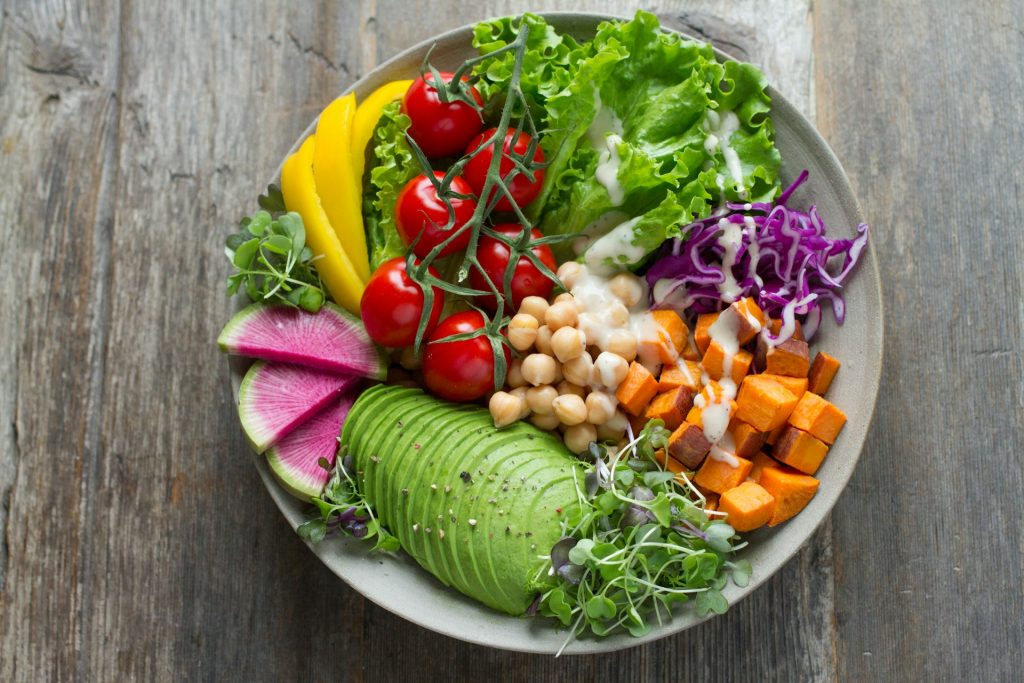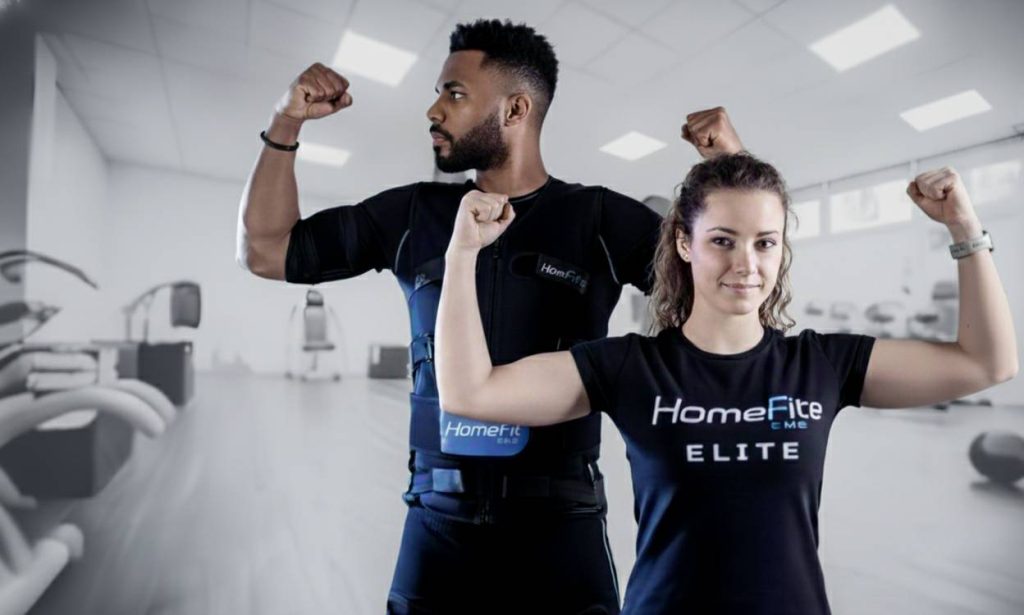Eat smart train stronger
Fuel, Don’t Starve: What to Eat Before and After EMS Training

Why What You Eat Matters More Than You Think
When people start EMS training, they usually ask how often they should train or how long each session lasts. Almost no one asks what to eat. But your results depend on that more than you think.
EMS training activates more than 90% of your muscle fibers at once. It’s short, but intense. Your body uses stored energy fast — and if that energy isn’t there, you won’t perform well or recover properly. The right food before and after a session helps you train stronger, recover faster, and actually see results from every 20-minute workout.
Before Training: Give Your Muscles Something to Work With
The goal before EMS is simple: steady energy without heaviness. You want stable blood sugar and enough fuel for your muscles, not a full stomach.
Eat about 60–90 minutes before training. A small, balanced meal with complex carbs and protein works best. Think oatmeal with banana, whole-grain toast with eggs, or yogurt with berries. If you train early or don’t have time for a full meal, a small snack 30 minutes before (like a banana or a protein bar) is enough.
Avoid heavy, greasy foods. They slow digestion and can make electrical impulses during EMS feel uncomfortable. Skip caffeine overloads too. You want your nervous system alert, not overstimulated.
The key is balance: not too much, not too little. Enough to sustain effort, not to survive hunger.
During Training: Hydration Is Everything
After Training: Rebuild What You Used
The recovery window after EMS is when your body decides how well it will adapt. You’ve activated deep muscle fibers and used stored glycogen. Now, your body needs raw material to rebuild and repair.
Within 30–60 minutes after training, eat a meal rich in protein and complex carbohydrates. Examples include chicken with rice and vegetables, salmon with sweet potato, or a smoothie with protein powder, banana, and oats.
Protein helps muscle repair. Carbs refill glycogen stores. If you skip this step, your next session will feel harder, and progress will slow down. It’s not about eating more; it’s about eating right at the right time.
You can think of it as closing the loop. You gave your muscles a reason to grow, now you give them what they need to actually do it.
How Nutrition Shapes EMS Results
Research shows that combining EMS training with proper nutrition improves muscle tone and body composition faster than training alone. One study found that participants who followed a balanced diet with enough protein saw up to 30% better strength gains compared to those who didn’t adjust their meals.
EMS amplifies what’s already there. If your body lacks nutrients, the impulses have less to build on. When your diet supports training, you’ll notice better posture, more energy, and smoother recovery, not just visible results.
Your metabolism also responds differently after EMS. Because the session activates large muscle groups simultaneously, your body keeps burning energy for hours. Eating balanced meals supports that process and keeps your energy steady instead of crashing.
Common Mistakes to Avoid
Skipping meals before training. Some think it’s better to train on an empty stomach. In EMS, that backfires. Low blood sugar reduces endurance and makes the session uncomfortable.
Eating too much, too late. If you eat right before training, your body focuses on digestion, not performance. Leave at least an hour between your meal and the session.
Ignoring recovery meals. Skipping post-training food slows progress and increases soreness. It’s not about reward – it’s about physiology.
Relying only on supplements. Protein shakes help, but real food provides vitamins, fiber, and nutrients your body actually uses for long-term recovery.
Building a Simple Structure
Think of your EMS nutrition in three clear steps:
1. Fuel before. Light, balanced meal with carbs and protein.
2. Hydrate during. Water and electrolytes keep impulses effective.
3. Recover after. Real food with protein and carbs within an hour.
Follow this structure consistently, and every session works harder for you. You’ll notice higher energy during training, less fatigue afterward, and visible improvement week by week.
Final Takeaway
EMS is a high-performance tool. To get the most from it, your body needs support from the inside. Food is not a side note, it’s part of the training. When you eat intentionally, you turn every 20-minute session into real progress.
If you train with HomeFit Elite, your coach can guide you through a simple meal plan adapted to your lifestyle and goals. It doesn’t need to be complicated. It just needs to be clear, structured, and consistent, the same way your training is.


